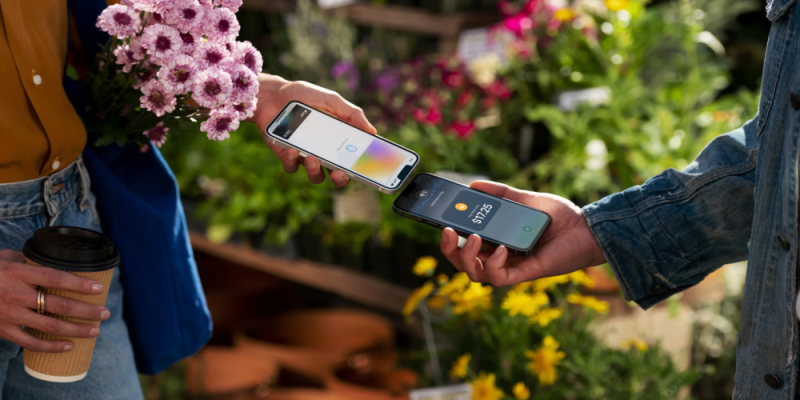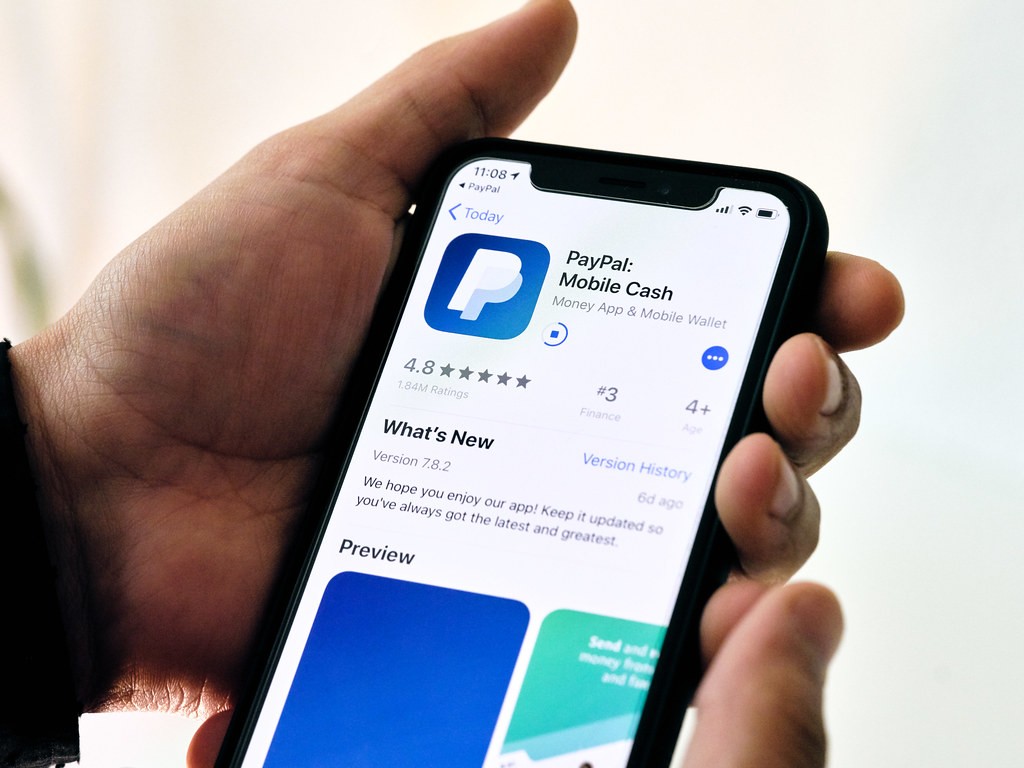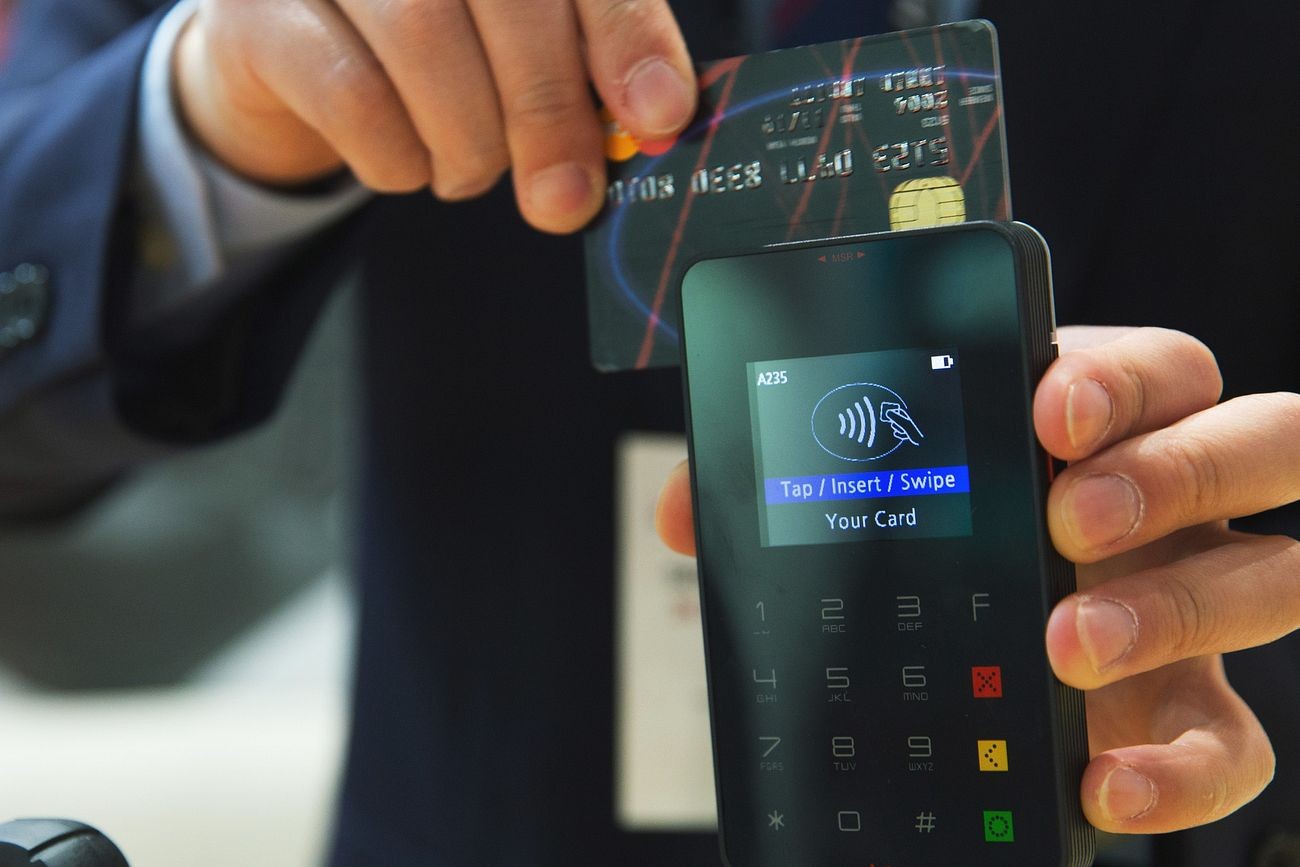Unlocking the Power of Your Wallet: A Comprehensive Guide to Choosing the Ideal Mobile Payment App

In an age where our smartphones have become extensions of ourselves, the way we handle money has evolved. Mobile payment apps are at the forefront of this financial revolution, offering convenience, speed, and a level of security that traditional wallets struggle to match. However, with a multitude of options available, choosing the right app can be as daunting as it is exciting. This guide aims to simplify the decision-making process, helping you understand the nuances of mobile payment apps so that you can select the one that fits your lifestyle like a glove.
The Rise of Mobile Payments: Navigating a World of Digital Wallets
In the not-so-distant past, the concept of paying for a cup of coffee with Your phone might have seemed like science fiction. Today, it's not just a reality but a daily routine for millions. Mobile payment apps like Apple Pay, Google Wallet, Samsung Pay, and a plethora of others have transformed our smartphones into digital wallets that carry not just our credit and debit card information but also loyalty cards, tickets, and even our IDs in some cases.
The surge in popularity of mobile payment apps can be attributed to the ease and speed with which transactions can be made. A simple tap or scan is all it takes to complete a purchase without fumbling for cash or cards. Moreover, the COVID-19 pandemic accelerated the adoption of contactless payments, with consumers and retailers alike seeking safer and more hygienic transaction methods.
Security is another significant advantage of mobile payment apps. Most employ advanced encryption and tokenization to protect your personal information, and with features like biometric authentication, they arguably offer a higher level of security than traditional wallets.
However, not all apps are created equal, and with the market continually expanding, it's crucial to understand the different features and technologies they offer. Some are platform-specific, while others are widely accepted. Some focus on peer-to-peer transactions, whereas others are better suited for in-store purchases. Identifying your primary use case is the first step in narrowing down the options.
Assessing Your Needs: What to Look for in a Mobile Payment App

Before diving into the sea of mobile payment apps, it's essential to assess your own needs. Ask yourself where and how you plan to use the app. Are you looking for a way to split bills with friends, or do you need an app that's accepted by a wide range of retailers? Perhaps you're interested in additional perks like rewards programs or the ability to manage different types of currency.
Compatibility with your device is a primary consideration. If you're an iPhone user, for example, Apple Pay might be a natural choice, seamlessly integrating with your other Apple services and devices. Android users, on the other hand, might gravitate towards Google Pay or Samsung Pay if they own a compatible Samsung device.
Transaction fees are another important factor. While many apps offer free transactions within certain limits or conditions, others charge a fee, especially for instant transfers or credit card transactions. If you're planning to use the app frequently, these fees can add up, so it's worth paying attention to the fine print.
The geographical availability of the app is also crucial, particularly if you travel frequently. An app that's widely accepted in your home country might not be as useful abroad. Additionally, consider the customer support offered by the app. In the event of a problem, you'll want access to prompt and helpful assistance.
Finally, investigate the app's security features. What measures does it take to protect your information and transactions? Is there two-factor authentication, biometric login, or insurance against unauthorized transactions? Ensuring your chosen app prioritizes security will give you peace of mind as you tap and pay your way through life.
The Contenders: A Look at Popular Mobile Payment Apps
There are several heavyweights in the mobile payment arena, each with its strengths and unique selling points. Apple Pay, for instance, has the advantage of being pre-installed on iPhones and is known for its user-friendly interface and robust security measures. It's widely accepted at retailers that offer contactless payments and is also useful for in-app purchases.
Google Pay, which replaced Android Pay and Google Wallet, offers a broad platform for Android users, allowing them to store debit cards, credit cards, loyalty cards, and even transit passes. It's also accepted at a growing number of online retailers and can be used for peer-to-peer transactions.
Samsung Pay has a unique edge due to its Magnetic Secure Transmission (MST) technology, which enables it to work with almost any payment terminal that accepts credit or debit cards, even if the terminal doesn't support NFC (Near Field Communication) technology. This makes Samsung Pay one of the most versatile options for in-store purchases.
Venmo and Cash App are geared more towards peer-to-peer transactions, allowing users to send and receive money with ease. They have social features that make splitting bills or sharing expenses with friends straightforward and even enjoyable. These apps have also expanded their services to include debit cards that can be used for everyday purchases.
Each of these apps has a distinct approach to rewards and incentives. Some offer cashback on purchases, others provide discounts or special offers, and some even allow users to invest in cryptocurrencies. These perks can be a deciding factor if you're looking to benefit beyond the convenience of digital transactions.
Security and Privacy: Protecting Your Digital Wallet

When you're entrusting an app with your financial details, security should be non-negotiable. Mobile payment app providers are acutely aware of this and invest heavily in security measures to protect users against fraud and theft. Encryption is standard across the board, ensuring that your data is scrambled and unreadable to anyone who might intercept it.
In addition to encryption, look for apps that offer tokenization. This technology replaces your actual card numbers with unique digital tokens during transactions, meaning retailers never see your real card details. If the token is compromised, it can't be used again, and your actual card remains secure.
Biometric authentication, such as fingerprint or facial recognition, adds another layer of security. Requiring a physical characteristic to confirm transactions makes it much harder for someone else to access your funds if your device is lost or stolen.
Privacy is another concern. Read the app's privacy policy to understand what data is collected and how it's used. While some level of data sharing is necessary for the app to function, you'll want to be sure that your information isn't being sold or shared more broadly than needed.
Lastly, consider the app's history and reputation. Established apps with a long track record of security and good customer service can generally be trusted more than newer, unproven options. User reviews and news about past security breaches can provide valuable insights into the app's reliability.
Making the Decision: Finding Your Perfect Mobile Payment Match
Having considered the various factors and reviewed the popular options, it's time to make a decision. The right mobile payment app for you should align with your lifestyle, device compatibility, and security expectations. It should be accepted where you shop and offer the features you value, whether that's peer-to-peer transfers, rewards, or global acceptance.
Remember that you're not necessarily limited to one app. You might find that a combination of apps serves your needs best. For example, you could use Apple Pay for in-store purchases, Venmo for splitting bills with friends, and Google Pay for online shopping.
Ultimately, the right mobile payment app will feel like an extension of your financial life, streamlining your transactions and fitting seamlessly into your daily routine. Take the time to research, compare, and even test out a few options. With the right app in your virtual pocket, you'll be ready to navigate the future of money with confidence and ease.







Leave a comment
Your comment is awaiting moderation. We save your draft here
0 Comments